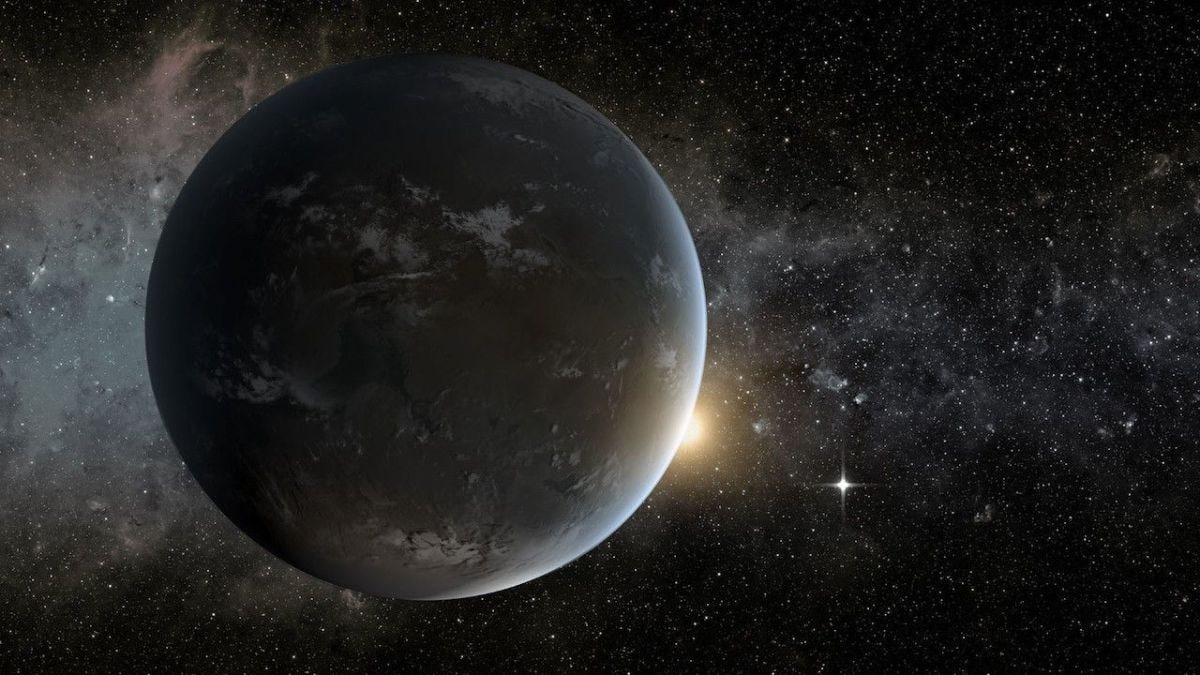
A new exoplanet has been recently discovered which is reportedly orbiting a nearby star, GI 410. The discovery has been made by a team of international astronomers. The discovery was made as a result of the radial velocity (RV) method. The discovery was made on April 4th, and the planet has been classified as a sub-Neptune exoplanet that comprises a mass of approximately 8.4 Earth masses. Notably, a sub-Neptune is a type of exoplanet that is larger than Earth but smaller than Neptune.
What is the Radial Velocity Method
This technique or method is widely used by astronomers to detect exoplanets. Also known as the RV method, the process here identifies the variations in the velocity of a central star, which has planets orbiting it. The reason behind the variations is caused by a change of direction of the gravitational pull exerted by an exoplanet while orbiting the star. Astronomers have been able to detect over 600 exoplanets”, highlighting the success rate of the novel technique. The details about the discovery were documented in a study published in the pre-print online journal arXiv.
Everything about discovery and astronomers
The team of international astronomers who detected the sub-Neptune exoplanet was under the leadership of Andres Carmony, from the Grenoble Alpes University in France. The device used in the discovery is the SPIRou near-infrared spectropolarimeter at the Canada-France-Hawaii Telescope (CFHT). Furthermore, data from the optical velocimeter SOPHIE supported the observations at the Haute-Provence Observatory.
About the Exoplanet and The Host Star
The new sub-neptune planet has been designated as GI 410 b. It weighs as much as the mass of 8.5 Earths. Making it one of the larger sub-Neptunes to be discovered. Following the detection, it was observed that the radius of the exoplanet, dubbed GI 410 b, remains constant, and it does not pass through its parent star.
On the other hand, the host star, i.e., GI 410 is located at a distance of 39 light years from the planet Earth. The properties of this star are astonishing, as it is half the size of the Sun. Likewise, the temperature of the host star is 3,842 K. Also, GI 410 is one of the youngest “stars” with an age of 480 million years.
Are there more exoplanets?
Post detecting GI 410 b, astronomers have identified tentative signs of evidence of two planetary signals that were detected at 2.99 and 18.7 days. However, further investigations are expected to confirm the existence.





